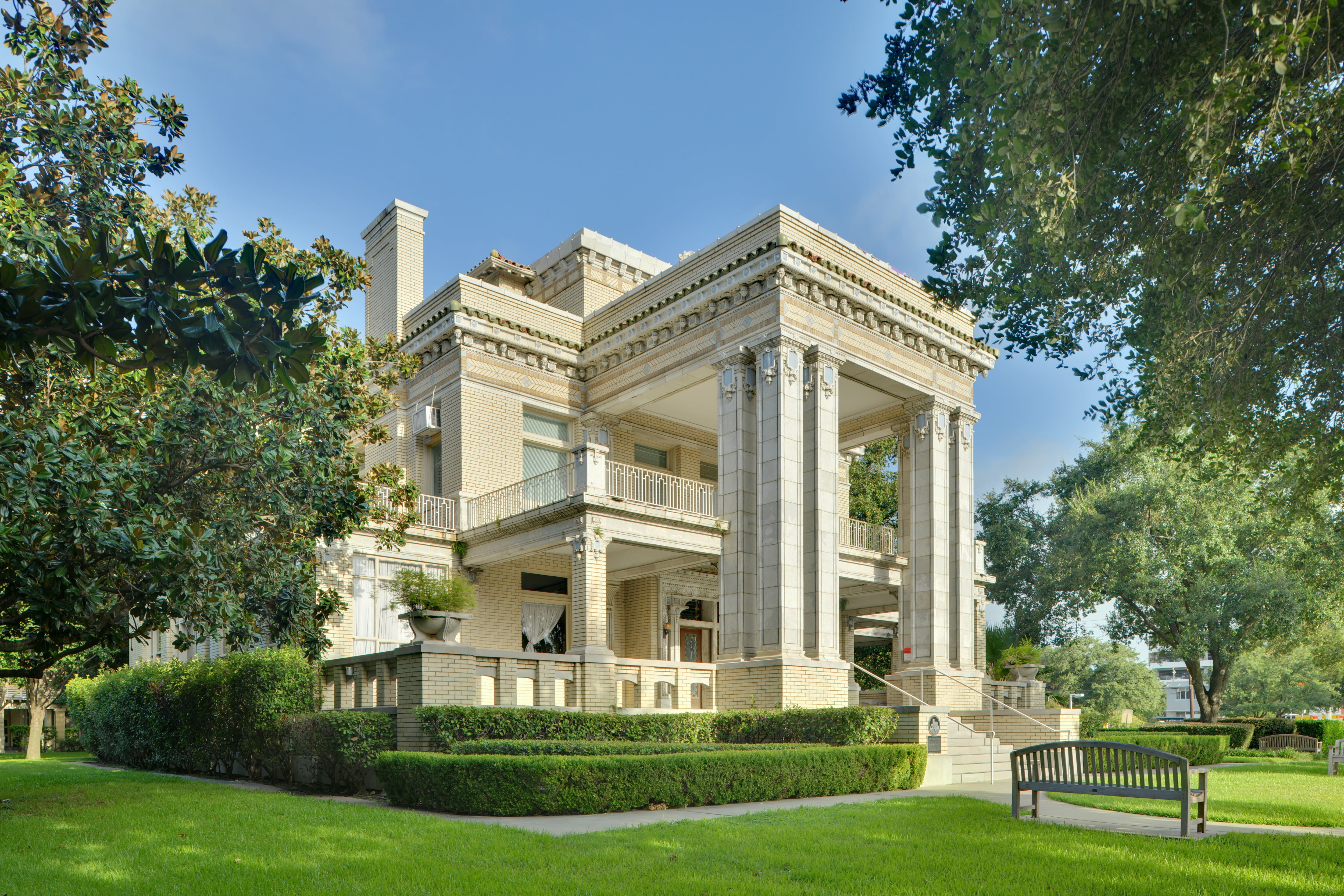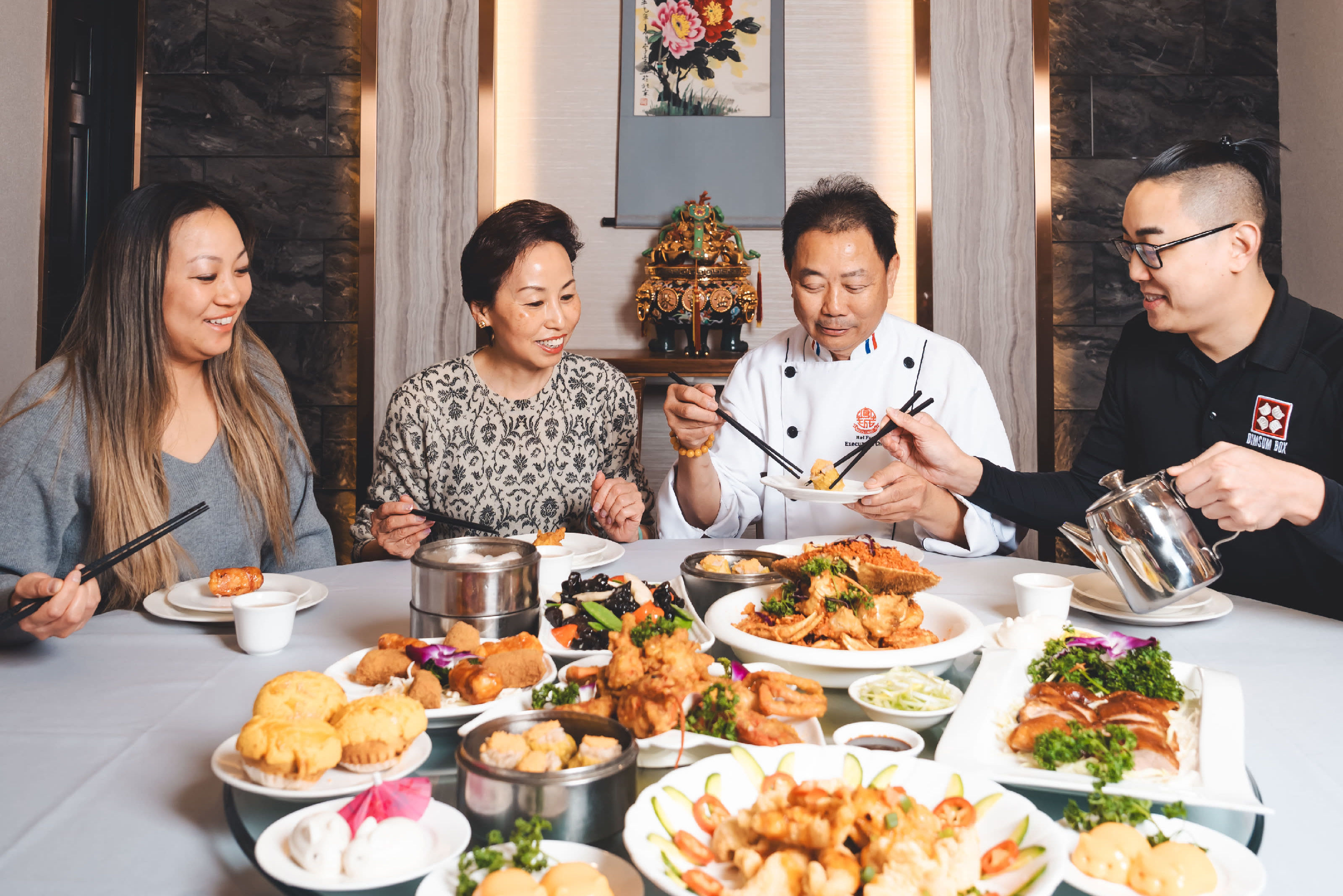The Family Dynasties behind Top Houston Restaurants
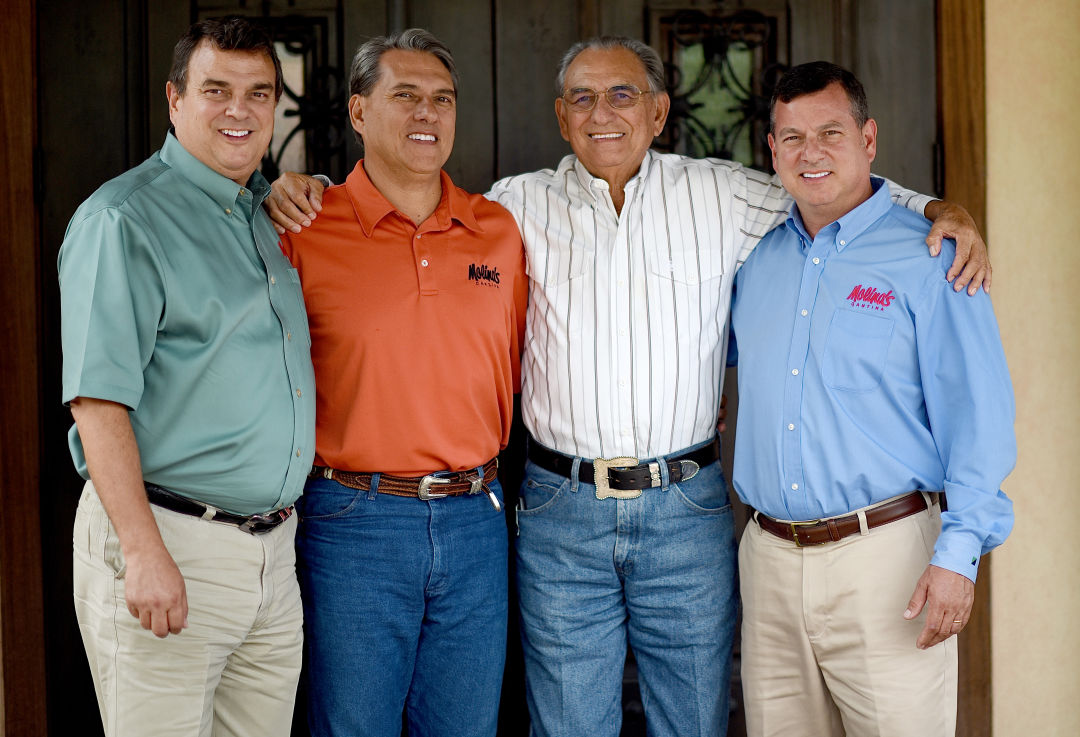
Owners of Molina’s, one of Texas’s pioneering Mexican restaurants, from left: Ricardo, Raul III, Raul Jr., and Roberto Molina.
Image: Kimberly Park
Before Houston was Houston, the culinary Shangri-La that we all know and love, it was mostly a sprawling metroplex dominated by chain restaurants, with just a few mom-and-pop establishments scattered here and there. Over time, thanks to the influence of a handful of local culinary families, the city transformed into the rich, diverse food landscape that it is today.
From Cajun-inspired dishes and Italian comfort foods to Tex-Mex originals and Vietnamese classics, the contributions of these seven Houston families encapsulate what people love most about the Bayou City’s dining scene. If you’ve dined out in H-Town, you’ve almost assuredly eaten at one of these landmark restaurants or sampled cuisine shaped directly by their influence. Their stories reveal a mixture of immigrant grit and family love, the perfect recipe for creating iconic restaurant empires centered on community and cherished traditions.
The Mandola Family
The Mandola family needs no introduction, but a flowchart might be useful to keep track of this storied Italian American family full of restaurateurs, chefs, artisans, and more. The Mandolas’ indelible mark on Houston’s food scene is evident from East End neighborhood staple Mandola’s Deli and Mandola Food Co. to one-of-a-kind Upper Kirby specialty restaurants and beloved chains like the nationwide Carrabba’s Italian Grill and local gem Common Bond Café & Bakery. Whether you’ve had Cajun eats at Ragin’ Cajun or (the late) Tony Mandola’s Gulf Coast Kitchen, grabbed lunch at Mia’s Table, or celebrated an occasion at Grace’s or Damian’s, the Mandolas say they take their culinary cues from the late Grace Mandola, the family’s matriarch and Italian American home cook extraordinaire who inspired them all.
The Cordúa Family
For Michael and David Cordúa, great food is more than a menu item or the end result of a recipe well executed—it’s an emotional experience. The father-son duo of Churrascos (and formerly Américas and Amazón Grill) is best known for solidifying Latin American food and flavors on Houston’s palate. Bright, herby sauces like chimichurri and a delicate fusion of Latin American ingredients with French cooking techniques first placed the Cordúas on the map. But it’s their love of story, food, and connection that’s driving their new ventures, David + Michael Cordúa Events and the Lymbar, the Ion’s new Latin American-Mediterranean bar and restaurant.
The Laurenzo Family
It’s hard to imagine teaching Houstonians how to eat fajitas, but that’s what Phyllis Mandola did when The Original Ninfa’s on Navigation started dishing out tacos al carbon for the first time in Houston history. The late “Mama” Ninfa Laurenzo—Mandola’s mother, famed Houston restaurateur and Tex-Mex legend—was a culinary powerhouse, transforming people’s expectations of what Tex-Mex could be. Fajitas, green sauce, homemade flour tortillas pressed right before your eyes: it all comes back to Mama Ninfa’s ingenuity and ability to replicate the tastes from her travels. Her legacy continues today through her children at several El Tiempo locations, Laurenzo’s on Washington Avenue, and El Tiempo Taqueria. The Original Ninfa's has been owned by Legacy Restaurants since 2005.
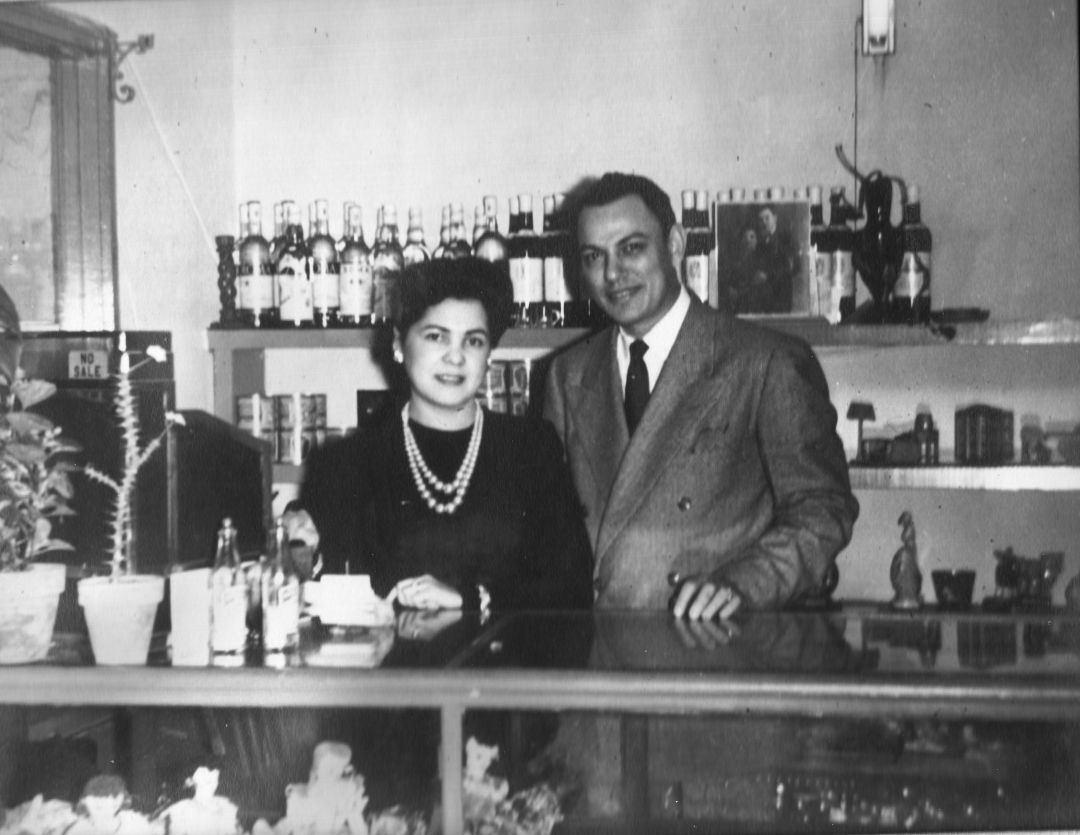
Mary and Raul Molina, pictured, opened Molina's in 1941. Today, Molina’s remains Houston’s oldest family-owned and operated Tex-Mex restaurant.
Image: Molina's Cantina
The Molina Family
When Molina’s Cantina opened in 1941, Interstate 610 was practically the end of the world as far as Houstonians were concerned, Mexican food was considered a cold-weather meal (thanks to limited air-conditioning), and the city had only four or five Tex-Mex restaurants. But Raul Molina was an optimist through and through: None of that stopped him from introducing Houston to now-classics like chili con carne, enchiladas, guacamole, and frozen margaritas. Today, Molina’s remains Houston’s oldest family-owned and operated Tex-Mex restaurant. More than 80 years later, the family's three community-forward restaurants have been mainstays for generations of employees and diners alike.
The Creuzot Family
In July 1969, two iconic pieces of Houston history were made: Neil Armstrong and Buzz Aldrin took two small steps, and Percy “Frenchy” Creuzot Jr. opened Frenchy’s Po-Boys, one of the city’s first introductions to the world of Creole cooking. When Creuzot Jr. first opened up shop, he was hopeful New Orleans–inspired offerings like red beans and rice and oyster loaf would get folks in the door. As the story goes, adding fried chicken to the mix ultimately did the trick, turning Creuzot’s restaurant into the household name it is now—today known as Frenchy's Chicken. It’s hard to imagine the Bayou City without Creuzot’s influence, hatched from family recipes that are like an open love letter to his Creole roots, a unique Gulf Coast amalgam of French, Spanish, Caribbean, and African flavors. Today, Creuzot’s family is continuing his legacy through the restaurant’s 11 locations and Frenchy’s Sausage Co., available at an H-E-B near you.
The Galvan Family
Knickknacks, faded newspaper clippings, and celebrity-autographed photos line the walls of Irma’s Original, a James Beard America's Classics Award–winning restaurant opened by Irma Galvan in 1989. But Irma’s, located in downtown Houston’s Warehouse District, was hardly an overnight sensation, which is just fine by Galvan. “I like battles,” she says. As a grieving widow with four children, Galvan leveraged her stalwart personality and a love of family, food, and community to launch her namesake restaurant, serving an ever-changing menu of Mexican and Tex-Mex classics. Whether diners visit Galvan’s original homey digs or the new and equally delicious Irma’s Southwest (owned by Galvan’s son), the founder’s dream remains the same—to be “side by side” with the family members, customers, and staff that make Irma’s the institution that it is today.
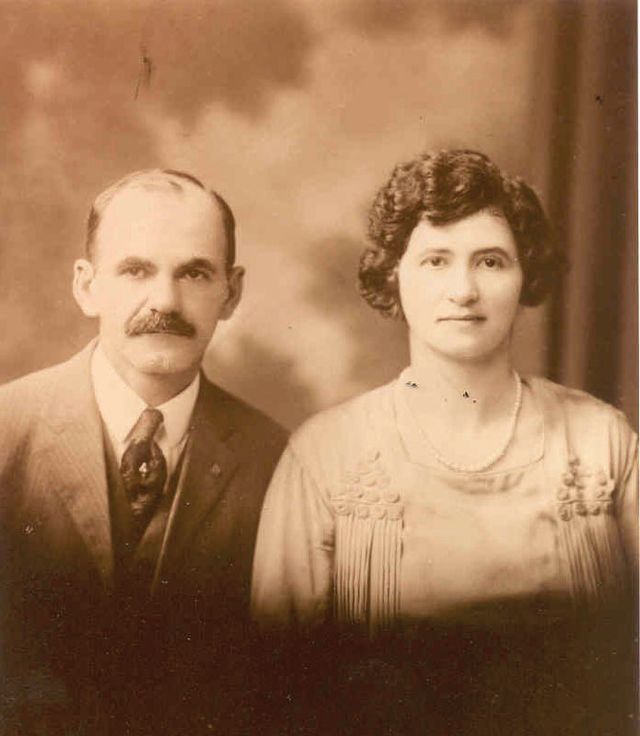
Pictured is H.D. Pappas, the legendary grandfather of the Pappas brothers, who left Greece in 1897 and traveled to America to pursue his dreams. He later opened restaurants throughout Tennessee, Arkansas, and Texas.
Image: Courtesy Pappas
The Pappas Family
If there’s one restaurant that altered the trajectory of Houston dining, it might be the Strawberry Patch, the 1976 brainchild of Christopher and Harris Pappas. Longtime Houstonians will remember the Strawberry Patch for its wide-ranging menu, Tiffany light fixtures, and greenery galore. One of the few fast-casual dining concepts in Houston at the time, it laid the foundation for what would become the Pappas restaurant empire, which now spans more than 80 locations while remaining a family institution, serving cuisines of all kinds through their nine unique brands: Pappas Bar-B-Q, Pappas Delta Blues Smokehouse, Pappadeaux Seafood Kitchen, Pappasito’s Cantina, Pappas Burger, Pappas Bros. Steakhouse, Yia Yia Mary’s Mediterranean Kitchen (now closed), Pappas Seafood House, and Dot Coffee Shop.
The Nguyen Family
When Mai’s Restaurant, a Midtown Vietnamese mainstay, opened in 1978, it was more of an “if you know, you know” eatery. The Vietnamese restaurant was technically part of a pool hall that attracted customers through its Chinese buffet. But members of the Vietnamese community were in on the secret, ordering classics like pho and bánh mì until word got out about Mai’s Vietnamese fare, which is largely credited with introducing Houstonians to the cuisine. Anna Pham, granddaughter of founders Phin and Phac Nguyen and its third-generation manager, says she’s proud to be a part of Houston’s culinary fabric: “I’m so grateful for the outpouring of support from our city, that people have such an open mind to experience and try new things—and that Mai’s is one of them.”
The Richards Family
If Picos Restaurant is a culinary itinerary, then there’s no better guide than Arnaldo Richards, a Monterrey, Mexico, native, third-generation restaurateur, and founder of this longtime Mexican eatery. Since 1984, Arnaldo Richards has been serving Mexican flavors to Houston’s masses, first at Picos’ Mex-Mex on Bellaire Boulevard and now at the revamped Arnaldo Richards’ Picos Restaurant in Upper Kirby. Picos is the Richards family's introduction to specialty cuisine from each of Mexico’s seven regions. But one of the Richards’ most lasting legacies may well be the shaker margarita. Rumor has it that these margarita marvels were invented here.
The Jue Family
Long before Bellaire Boulevard’s sprawling Asiatown took root, there was China Garden, a downtown Houston restaurant fulfilling the cravings of the city’s original Asiatown. Vestiges of this once-bustling community remain on either side of US 59, with perhaps the most notable of all being China Garden, an otherwise obscure-looking restaurant that’s been a stronghold for lunch, business meetings, and downtown outings for more than 50 years. Inspired by David Jue’s training as a chef in Hong Kong and David and Marian Jue’s desire to introduce Houston to Cantonese cuisine, the duo opened China Garden in 1969. China Garden continues to be a no-frills kind of joint where the food is made from scratch and second-generation owner Carol Jue Churchill knows the regulars by name.
The Jones Family
One of the city’s oldest Black-owned restaurants first started out in Freedmen’s Town, a once-thriving enclave nicknamed the "Harlem of the South." In this neighborhood founded and built by formerly enslaved people, Frank Jones’s mother dished out home-cooked meals for guests at her boarding house, which included jazz luminaries like Louis Armstrong and Cab Calloway. Later on at 1003 Andrews St., Frank Jones and his wife Mattie followed in his mother’s footsteps, serving soul food classics from their home, eventually laying the groundwork for what would become Houston This Is It Soul Food in 1959. Jones’s son and chef-owner Craig Joseph remains staunchly committed to his father’s recipes and is leading fourth-generation family members in doing the same.
